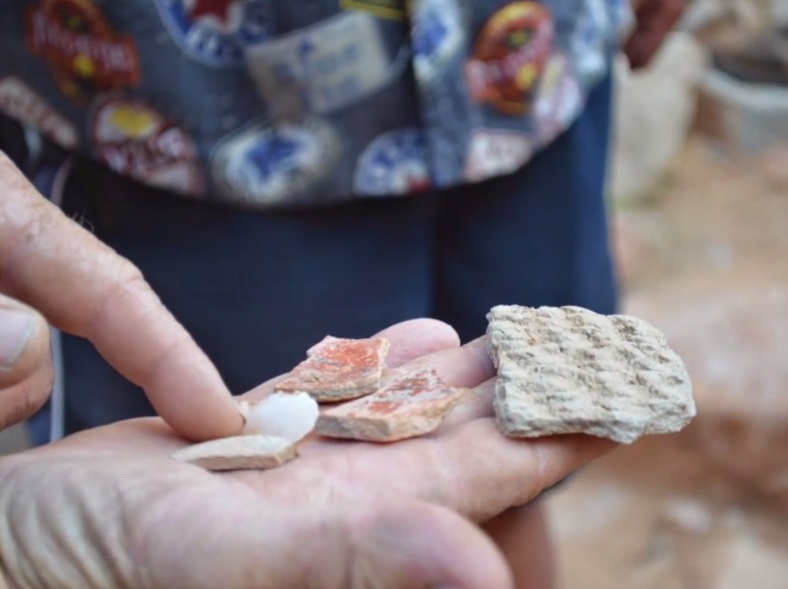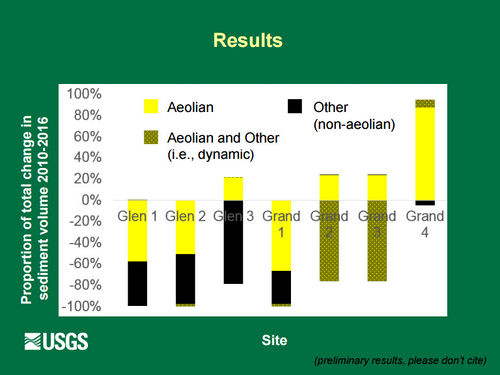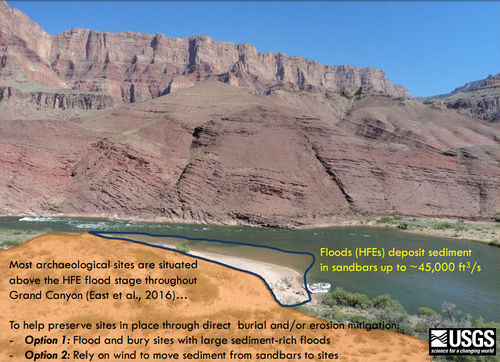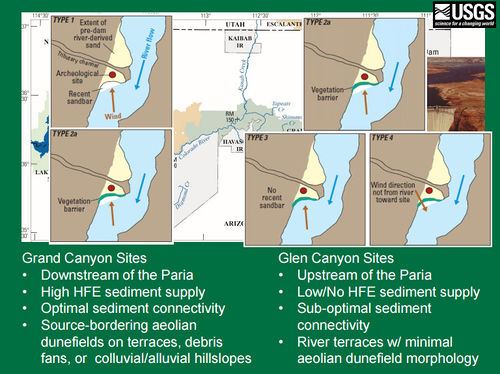Difference between revisions of "CULTURAL"
Cellsworth (Talk | contribs) |
Cellsworth (Talk | contribs) |
||
| Line 145: | Line 145: | ||
*[https://www.usbr.gov/uc/rm/amp/twg/mtgs/10nov15/Attach_11b.pdf Update on the Cultural Monitoring Research and Development Project] | *[https://www.usbr.gov/uc/rm/amp/twg/mtgs/10nov15/Attach_11b.pdf Update on the Cultural Monitoring Research and Development Project] | ||
*[https://www.usbr.gov/uc/rm/amp/amwg/mtgs/10aug24/Attach_15d.pdf GCMRC Cultural Program Update] | *[https://www.usbr.gov/uc/rm/amp/amwg/mtgs/10aug24/Attach_15d.pdf GCMRC Cultural Program Update] | ||
| + | |||
| + | |- | ||
| + | ! <h2 style="margin:0; background:#cedff2; font-size:120%; font-weight:bold; border:1px solid #a3b0bf; text-align:left; color:#000; padding:0.2em 0.4em;">Tribal Monitoring Reports</h2> | ||
| + | |- | ||
| + | |style="color:#000;"| | ||
| + | |||
| + | '''2017''' | ||
| + | *[[Media:2017 SPC Annual Report-Final.docx| Southern Paiute Consortium monitoring report]] | ||
| + | |||
| + | '''2016''' | ||
| + | * [[Media:ZuniColoradoRiverMonitoringTrip 2016 FinalReport 24March2017.pdf | Zuni River Monitoring Trip Report - Skyship Films ]] | ||
| + | * [[Media:2016 SPC report CLEAN COPY.docx| Southern Paiute Consortium monitoring report]] | ||
| + | * [[Media:Final River Trip Report 021217 (1).pdf| Hualapai monitoring report]] | ||
| + | * [[Media:CPO - 2016 Annual Monitoring Report.pdf| Hopi monitoring report]] | ||
| + | |||
| + | '''2015''' | ||
| + | * [[Media:2015 SPC Annual Report Final (1).pdf |Southern Paiute Consortium monitoring report]] | ||
| + | * [[Media:Final 2015 River Trip Report 011316.pdf | Hualapai monitoring report]] | ||
| + | * [[Media:2015 Monitoring Report (1).pdf | Hopi monitoring report]] | ||
| + | * [[Media:Zuni2015ColoradoRiverMonitoringReport (2).pdf | Zuni River Monitoring Trip Report]] | ||
| + | |||
| + | '''2014''' | ||
| + | * [[Media:2014 Navajo Nation River Monitoring Trip Report.pdf |Navajo Nation River Monitoring Trip Report]] | ||
| + | * [[Media:2014 Hopi.pdf| Hopi Long-Term Monitoring Program for the Grand Canyon]] | ||
| + | * [[Media:2014 ZUNI ASSOCIATIVE VALUES IN GRAND CANYON PROJECT.pdf|Zuni Associative Values in Grand Canyon]] | ||
| + | * [[Media:Zuni FY2014 GCDAMP Participation Annual Report (3) (1).pdf |Zuni GCDAMP Participation Annual Report]] | ||
| + | |||
| + | '''2012''' | ||
| + | * [[Media:2012 SPC Annual Report final rev.docx| Paiute Annual Monitoring Report]] | ||
| + | * [[Media:2012 Monitoring Report.pdf | Hopi Annual Monitoring Report]] | ||
| + | * [[Media:2012 Hualapai doc.pdf | Hualapai Monitoring Report]] | ||
| + | |||
| + | '''2011''' | ||
| + | * [[Media:2011 Zuni.pdf | Zuni Cultural Resources Monitoring Report]] | ||
|- | |- | ||
Revision as of 12:25, 23 January 2018
|
|
Cultural ResourcesThe lower reaches of Glen Canyon and the river corridor through Grand Canyon National Park, Arizona, have been used by humans for at least 13,000 years. Today, at least nine contemporary Native American Tribes claim traditional cultural ties to this area. Grand Canyon National Park contains more than 4,000 documented prehistoric and historic sites, and about 420 of these sites are located in proximity to the Colorado River. The lower reaches of Glen Canyon contain an additional 55 sites. In addition to archaeological sites, cultural resources along the Colorado River corridor include historic structures and other types of historic properties, as well as biological and physical resources that are of traditional cultural importance to Native American peoples such as springs, unique landforms, mineral deposits, native plant concentrations, and various animal species. LTEMP Resource Goal for Archaeological and Cultural ResourcesMaintain the integrity of potentially affected NRHP-eligible or listed historic properties in place, where possible, with preservation methods employed on a site-specific basis. Desired Future Condition for Cultural ResourcesPrehistoric Archaeological Sites and Historic Sites: |
| Tribal Ecological Knowledge |
Cultural Resources Library |
Tribal Perspectives |
|---|




